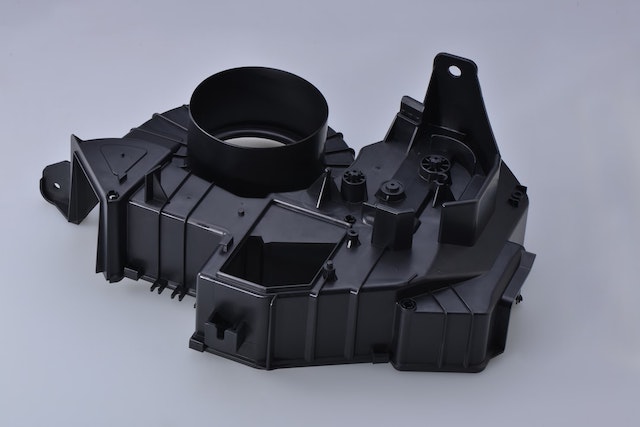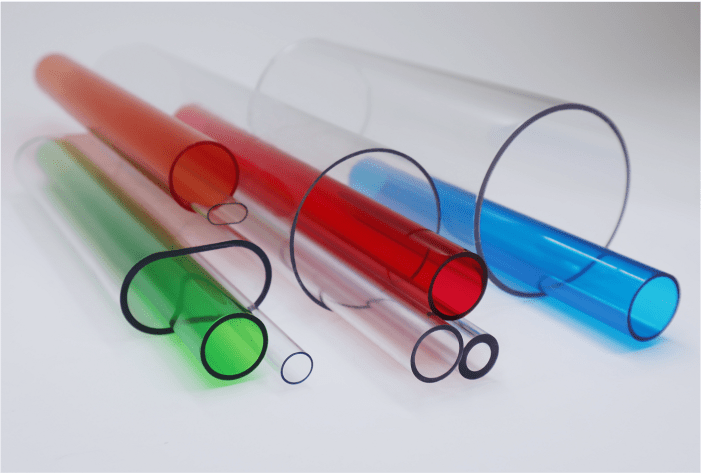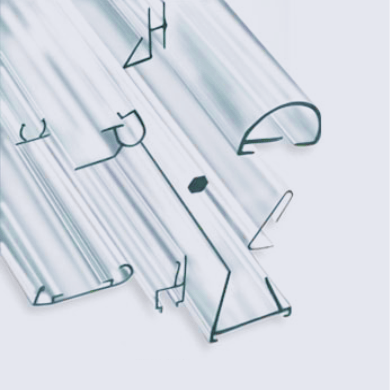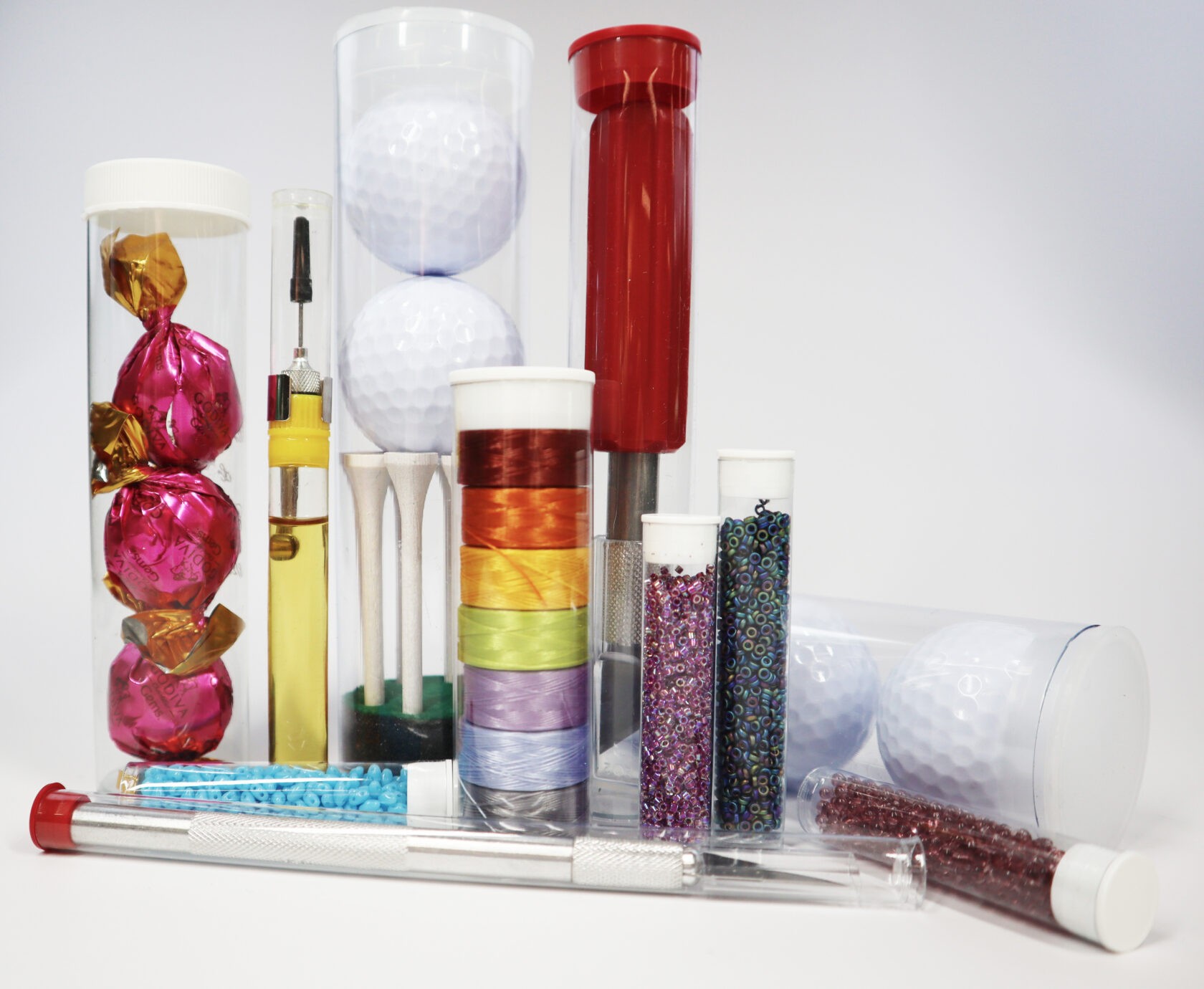Projections show that the global custom manufacturing market will reach a size of $1.35 trillion by 2031.
There are plenty of manufacturing techniques available in today’s world. If you need custom parts, you should understand the options available to you so that you can use the best process.
When looking at plastic extrusion vs injection molding, there are advantages and disadvantages to each. Your specific needs will determine which is most suitable for your project.
For a rundown of what extrusion molding and injection molding are, as well as the pros and cons of each process, keep reading.
What Is Extrusion Molding?
The extrusion process uses a die to form parts from molten plastic resin. The material will cool as it’s pushed through the die, causing it to set. It allows parts to be formed continuously to the desired length.
It uses pressure to push the material through the die, which forces the material to take the shape of the die. Industrial piping is perhaps the most common example of extrusion, with other things like hoses, straws, and plastic rails using the same process.
Advantages of Extrusion Molding
Extrusion molding is one of the most common molding techniques for a range of products. This is due to the many advantages it has.
Cost
Extrusion molding is very efficient, which helps keep costs to a minimum. Thermoplastics are a common material choice, and these parts can be reheated and reused multiple times without losing quality. Any scrap material or parts that aren’t used can be recycled, helping to reduce costs.
Consistent Operation
Productivity is key in any manufacturing environment. When using extrusion molding, you can continuously manufacture products 24 hours a day. As long as there are no machine breakdowns or malfunctions, you can maintain production at all times, reducing the risk of inventory shortages.
Flexibility
Extrusion molding allows you to create parts in a wide variety of shapes and sizes. On top of the shape, you can also control how hard or soft the final product is.
Post-Extrusion Alterations
You can manufacture parts and the material will remain hot (and therefore malleable). You can then alter the final product if needed. Even once the material has been cooled, it’s easy to cut a continuous piece down into shorter lengths.
Disadvantages of Extrusion Molding
While it has many benefits, extrusion molding isn’t perfect. Some disadvantages make it less than ideal for certain applications.
Size Variances
Due to the heat used, a product can experience “die swell“. This is where the part can expand after extrusion while it’s still hot. The result of this is that parts can often be “imperfect”, which may be an issue if products need to be incredibly precise.
Limitations
With extrusion molding, you can only create continuous, uniform parts. If a product needs to be wider at one end than the other, then this won’t be a suitable manufacturing process.
What Is Injection Molding?
Like extrusion molding, plastic injection molding also uses molten material and a die. The plastic is heated to a liquid state and injected into the die. It’s then left to cool, and removed from the die in its final shape.
This is considered a highly restrictive molding process and can create a wide variety of shapes and sizes. Some common parts that are often made using injection molding include cups, plates, and toys.
Advantages of Injection Molding
Plastic injection molding also has numerous advantages. These sometimes make it a better choice than extrusion molding.
Design Possibilities
The process can work with a huge range of shapes and designs. This makes it ideal for manufacturing custom parts.
Little Waste
It’s one of the most precise manufacturing processes available. A precise amount of material can be injected into the mold, keeping waste to a minimum.
Consistency
Once a die is made, every part created using it will be identical, with little to no variance between them. If you want uniformity and accuracy in the parts you’re making, this is one of the best options.
High Product Strength
Due to the way injection molding works, the final product will be one solid piece of plastic. As such, any parts made with this method tend to be highly durable.
Other methods might require multiple parts to create the same product. This means more breaking points, as well as a higher chance of inaccuracies or inconsistencies.
Disadvantages of Injection Molding
Like extrusion molding, injection molding also has some drawbacks. Make sure you take these into account when deciding on your chosen manufacturing method.
High Upfront Costs
Successful injection molding requires designing, testing, and tooling. This is to make sure the die can create the finished product as it’s intended. All of this makes it expensive, to begin with, and can also take more time.
Small Runs Are Uneconomical
Because of the work that’s required upfront, injection molding is generally only suitable when producing large quantities of a part. For small runs, this is one of the less efficient options you have available.
Plastic Extrusion vs Injection Molding – Which Should You Use?
By comparing plastic extrusion vs injection molding, you can see the advantages and disadvantages of both processes. Take all of these into account and consider how they’ll affect your project. This will help you determine the best solution for you.
Petro packaging is one of the biggest names in the plastic industry. We’ve been operating out of New Jersey since the 1960s, so we have plenty of experience in manufacturing plastic extrusions. If you want to find out more about how we can help you, click here to contact us today.




